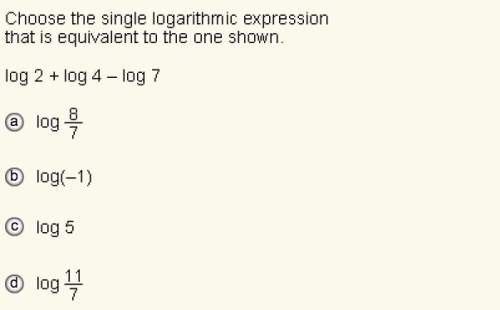
Mathematics, 26.10.2020 16:40 rleiphart1
Let I=∫∫D(x2−y2)dxdy, where D={(x, y):3≤xy≤4,0≤x−y≤2,x≥0,y≥0} Show that the mapping u=xy, v=x−y maps D to the rectangle R=[3,4]×[0,2]. (a) Compute ∂(x, y)/∂(u, v) by first computing ∂(u, v)/∂(x, y). (b) Use the Change of Variables Formula to show that I is equal to the integral of f(u, v)=v over R and evaluate. (a)∂(x, y)∂(u, v)= (b)I=

Answers: 1
Another question on Mathematics

Mathematics, 21.06.2019 21:40
The sides of a parallelogram are 24cm and 16cm. the distance between the 24cm sides is 8 cm. find the distance between the 16cm sides
Answers: 3

Mathematics, 21.06.2019 23:30
In stepmber, daniel and justin opened a business. during their first three months of business, their average monthly profit was $51. if during their first month, they lost $29, and during their second month, they gained $115, what was their profit or loss for their third plzzz i will give you 299 points
Answers: 1


Mathematics, 22.06.2019 03:30
Graph each quadratic function and identify its key characteristics. f(x) = x^2 - 2x - 3
Answers: 1
You know the right answer?
Let I=∫∫D(x2−y2)dxdy, where D={(x, y):3≤xy≤4,0≤x−y≤2,x≥0,y≥0} Show that the mapping u=xy, v=x−y maps...
Questions

Mathematics, 09.06.2021 17:50




Mathematics, 09.06.2021 17:50




Computers and Technology, 09.06.2021 17:50

Computers and Technology, 09.06.2021 17:50

Mathematics, 09.06.2021 17:50

Arts, 09.06.2021 17:50

Mathematics, 09.06.2021 17:50



Mathematics, 09.06.2021 17:50

English, 09.06.2021 17:50

Mathematics, 09.06.2021 17:50


Chemistry, 09.06.2021 17:50




